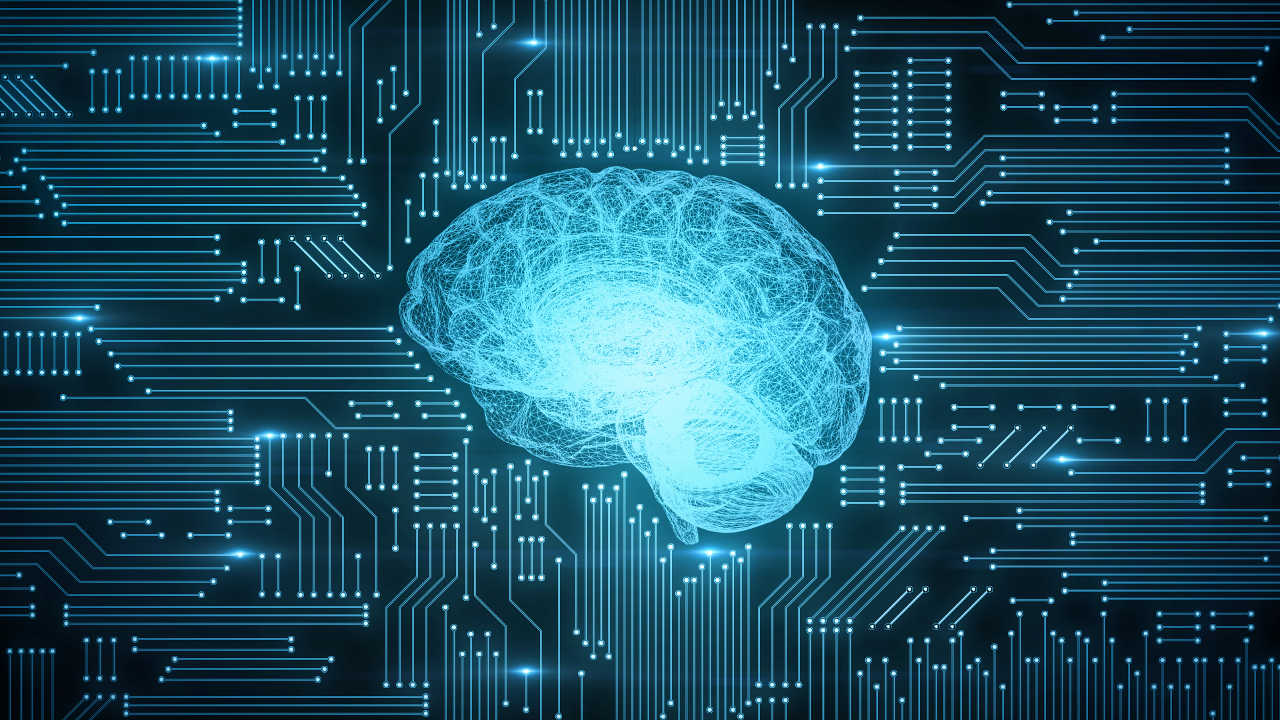HOTS for Teachers: Best Free Resources For Higher-Order Thinking Skills
Teach higher-order thinking skills with these top free resources.

Memorize the alphabet? Check. Memorize multiplication tables? Check. Memorize important dates from history? Check. Memorize how to make an argument, draw an image or analyze a text? Uh, no. It doesn’t work that way.
Although selected memorization forms the foundation for future learning, higher-order thinking requires additional skills, from comprehension to analysis to creativity. The following free resources provide not only higher-order thinking lessons and activities, but also a framework allowing teachers to incorporate higher-order thinking skills into their curriculum.
Best Free Resources For Higher-Order Thinking Skills
Updating Bloom’s Taxonomy for Digital Learning
Longtime education technology leader Dr. Kecia Ray explores the history of Bloom's Taxonomy and how it has evolved in the digital age.
What If?
The brainchild of artist Randall Munroe, What If answers wild questions with scientific scrutiny and analysis. What if there was a robot apocalypse? Is there enough energy to move the entire current human population off-planet? What if a rainstorm dropped all of its water in a single giant drop? Munroe, who studied physics and worked on robots for NASA, brings all of his scientific background to research and answer these questions seriously. Fun to read, and even more fun to ask and answer your own impossible questions.
Critical Thinking: Facilitating and Assessing the 21st Century Skills in Education
Award-winning educator and education consultant Michael Gorman details ten ways to support deeper learning through critical thinking, as well as providing “I can” statements to help students understand not only the stages of higher thinking, but also that they themselves are in charge of this learning.
Excelets for Mathematical Modeling
An amazing free resource from science and engineering Professor Emeritus Scott A. Sinex, these downloadable interactive excel spreadsheets demonstrate what happens when users adjust inputs in a wide range of mathematical models. Explore common models such as quadratic equations, potential energy, and ideal gas law. Or, for more fun, try investigating the height of a stack of cookies, septic tank pump-out calculator, or the smallest meteorite calculator. Much more is here to browse, including learning how to create your own Excelets. And even more at Sinex’s Google site, featuring interactive Google sheets. Ideal for advanced students, grades nine through higher education.
Critical Thinking Rubrics
These critical thinking rubrics serve as a guide for evaluating student performance, as well as a starting point for creating lessons that promote higher-order thinking. Separate rubrics are provided for grades K-2, 3-5, and 6-12, and each includes a section to help students understand critical thinking skills.
Tools and ideas to transform education. Sign up below.
What is Higher Order Thinking and Why does it Matter?
What’s the big deal about higher-order thinking skills (HOTS)? Why can’t students just learn their multiplication tables and memorize facts? We know that memorization isn’t enough. This article touches briefly on child development and Bloom’s taxonomy, then offers five practical ways to teach HOTS in your classroom.
Higher Order Thinking Question Stems
A simple yet excellent prompt for devising questions at every level of Bloom’s Taxonomy. Teachers can use it to create lesson plans for any grade, or share it with students and have them create the questions, as well as answer them.
Higher Order Thinking Skills: HOTS Daily Practice Activities
Practical strategies for teaching higher-order thinking skills from an experienced social studies teacher and curriculum developer. Start with a primary document stimulus, then write questions that go up the HOTS ladder from fact-based to analytical.
Brain Workout
If you were lucky as a kid, you had one or more teachers whose passion and skill as an educator made learning with them an amazing adventure. I suspect Ian Byrd was one of those teachers. His website, offering “lessons that get kids' brains sweating,” includes hundreds of differentiated lessons arranged by teaching technique, such as asking better questions, moving from abstract to specific (and vice versa), and my favorite, “Find the Controversy.” Be sure to check out the framework for teaching with depth and complexity. Most of his content is free, with the exception of ByrdseedTV, which provides more than 600 complete and ready-to-use video lessons. Free trial lessons plus monthly and annual plans available.
The New Blooms Taxonomy – Develop Higher Order Thinking Skills with Creativity Tools
Educator David Cochran explores ways for teachers to think about Bloom’s taxonomy in relation to their curriculum and provides lesson ideas and examples that promote higher-order thinking using education technology tools.
- 4 Ways to Use ChatGPT to Prepare for Class
- Best Free AI Detection Sites
- 20 Sites & Apps Every Teacher Should Try for Back to School
To share your feedback and ideas on this article, consider joining our Tech & Learning online community here.
Tech & Learning editor and contributor since 2010, Diana is dedicated to ferreting out the best free and low-cost tech tools for teachers.
